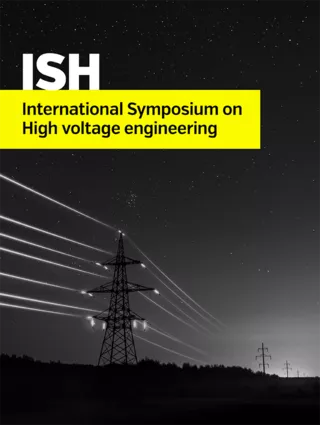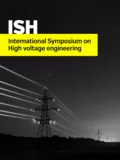Summary
Cigre Working group D1.37 released 2015 guidelines for partial discharge detection using, beside other unconventional methods, the application of wideband HFCT (high frequency current transformers) for UHF (ultra high frequency) PD (partial discharge) detection. PD measurements in UHF range have to be proven as valuable method in terms of asset evaluation. It is rather common to do UHF diagnosis at high or extra high voltage than in medium voltage assets. Specific UHF sensors or antennas are mainly used as standard equipment for PD diagnosis. This paper demonstrates the usage of a standard HFCT sensor and its performance in UHF range. Most of the standard HFCT sensors are initially design to give good, flat frequency responses in a frequency range according to the conventional coupling methods. In general they are used in HF (high frequency) range, with lower cutoff about 100kHz (IEC60270) and up to several MHz (typically 20-100MHz) to allow advanced partial discharge evaluation, like localization (time domain reflectometry) for cables or pulse analysis (rise time, pulse width, etc.) . At this stage it is obvious that a signal coupling in UHF range (300MHz – 3GHz) is not taken into account in the initial standard HFCT sensor designs. To demonstrate the applicability and its limitations, a setup with a medium voltage termination was chosen. The setup contains a dedicated HFCT sensor which is mounted in earth strap of the termination. Further a UHF sensor, which is designed for frequency application (150MHz – 1GHz), was installed. It is analyzed the frequency responses of the different sensors at a variance of signal levels. A vector signal generator is used as reference and allows accurate injection of signals of selected frequencies. The achieved results of the laboratory set are proven by an onsite case study. An outdoor installation of the HFCT sensor at a medium voltage asset, which turned out to show partial discharge activity, demonstrates the applicability of the examined HFCT in UHF range. Finally, it is discussed how the additional measurement results at UHF could help beside the standard usage of the HFCT in HF range while the decision process of categorizing criticality of partial discharge defect.
Additional informations
| Publication type | ISH Collection |
|---|---|
| Reference | ISH2017_292 |
| Publication year | |
| Publisher | ISH |
| File size | 680 KB |
| Pages number | 5 |
| Price for non member | Free |
| Price for member | Free |


